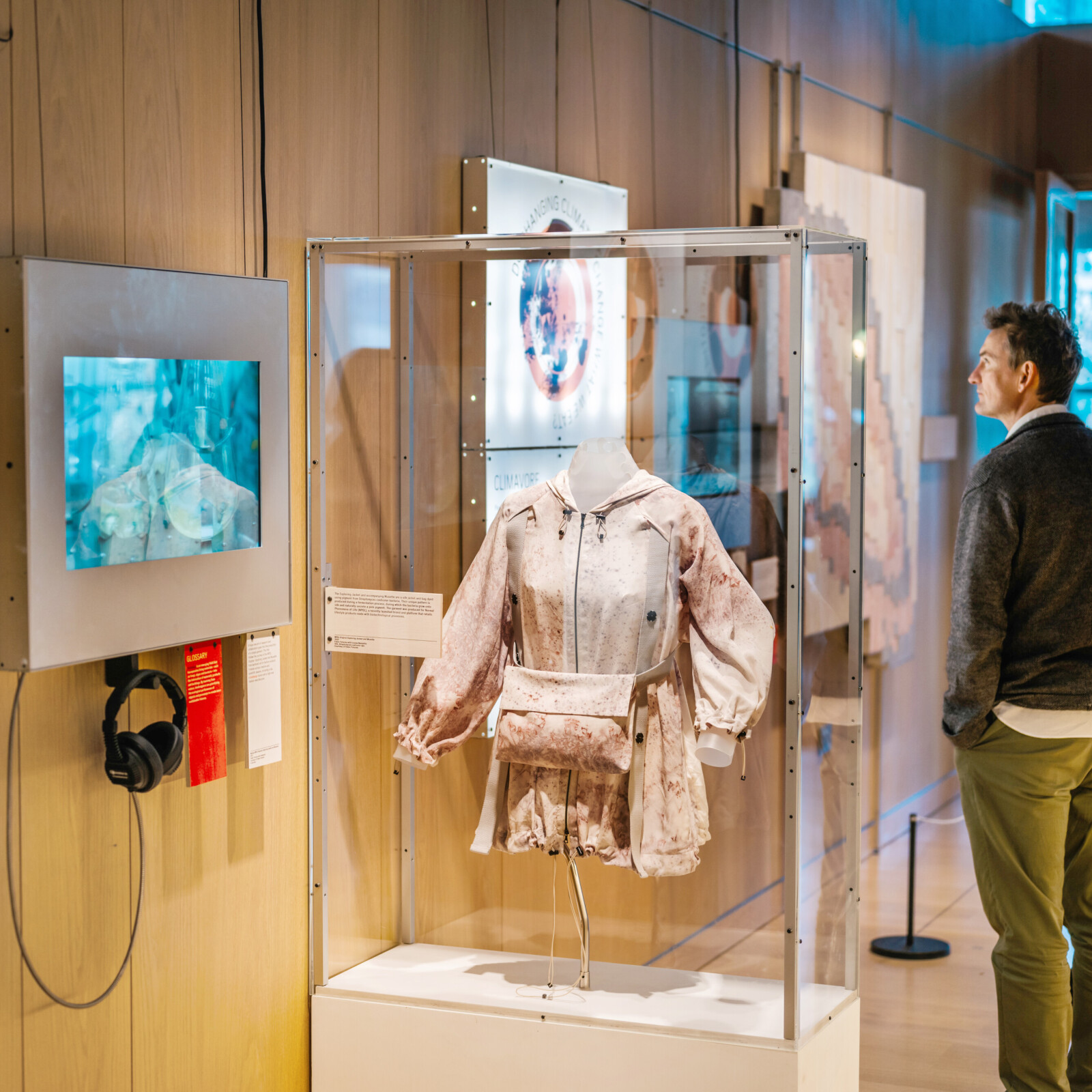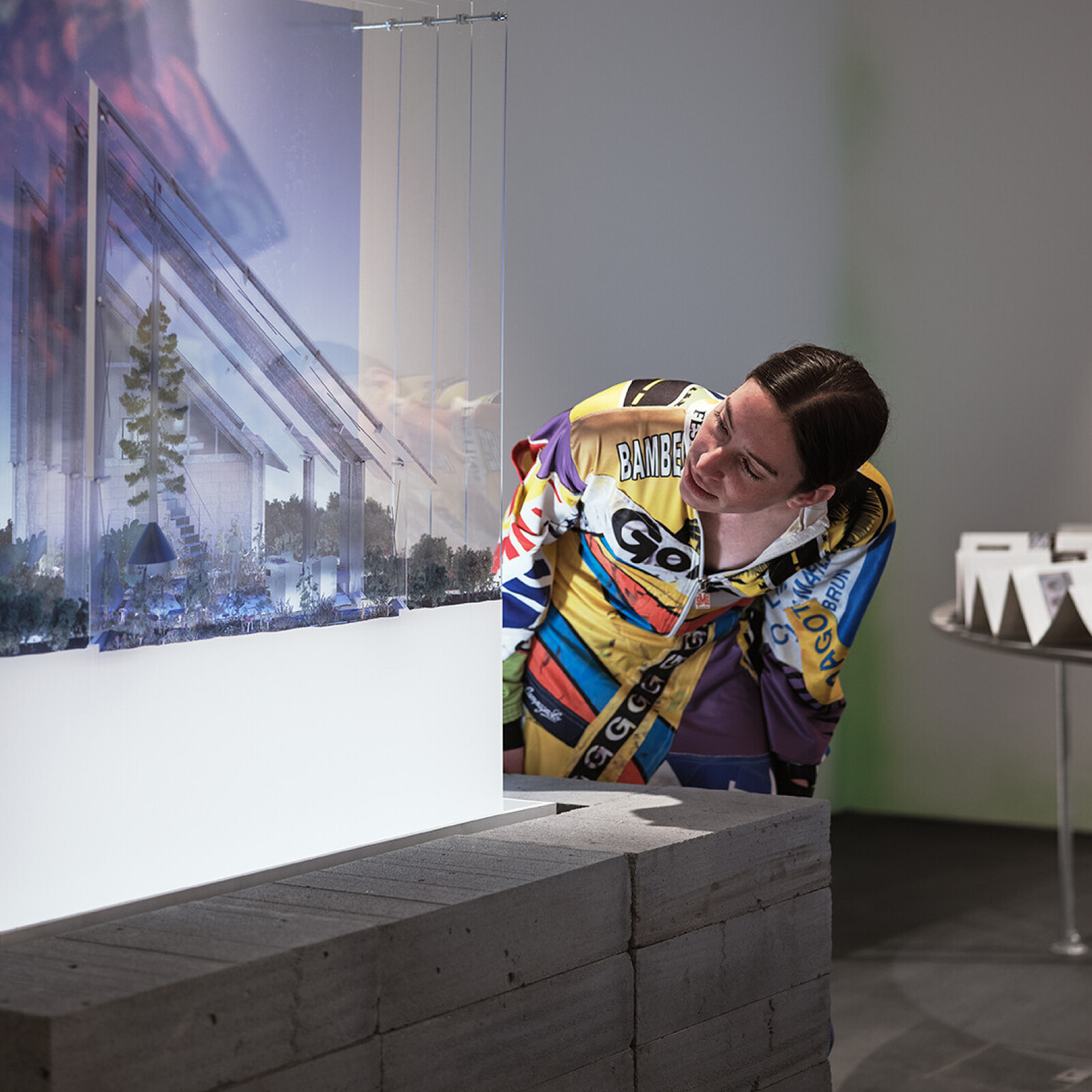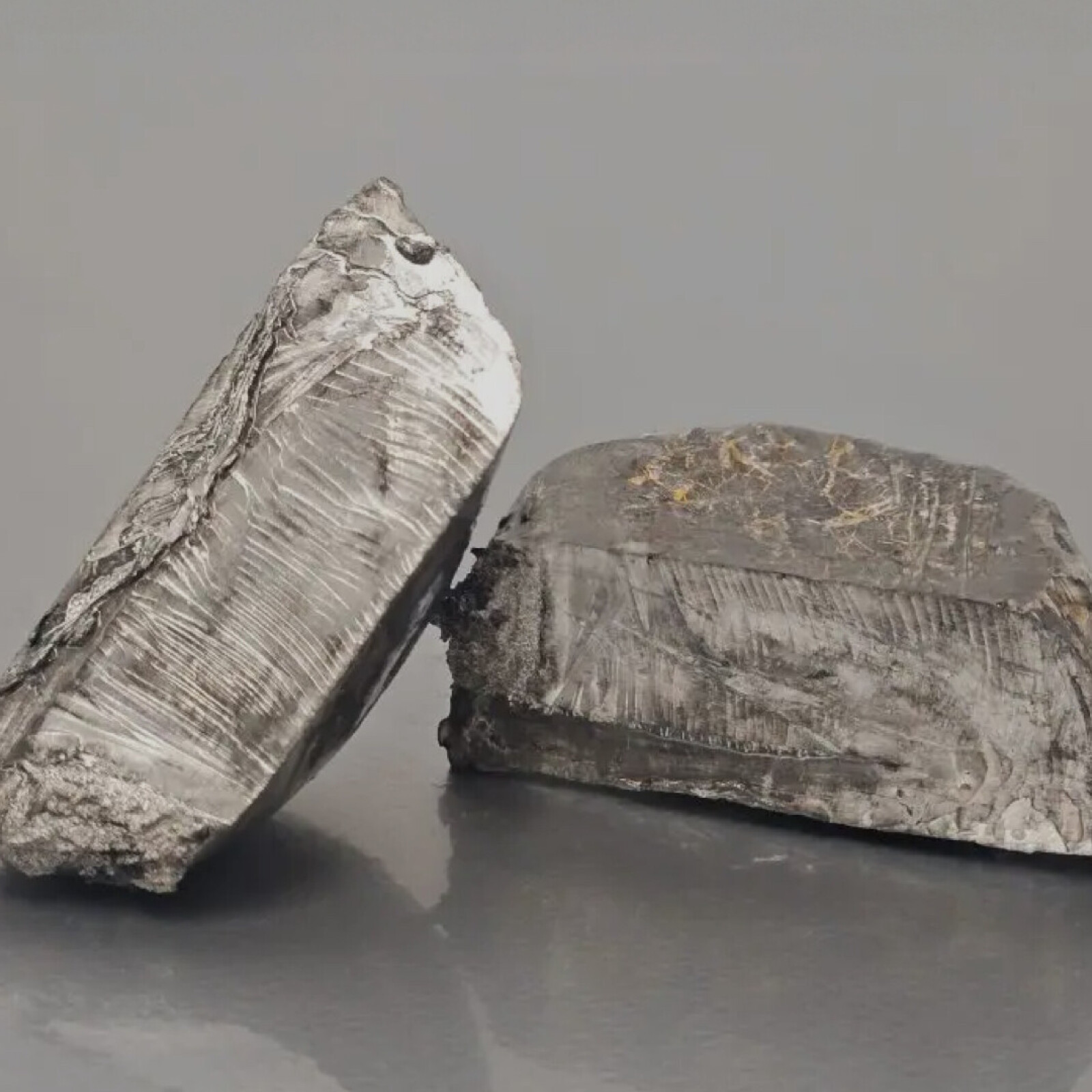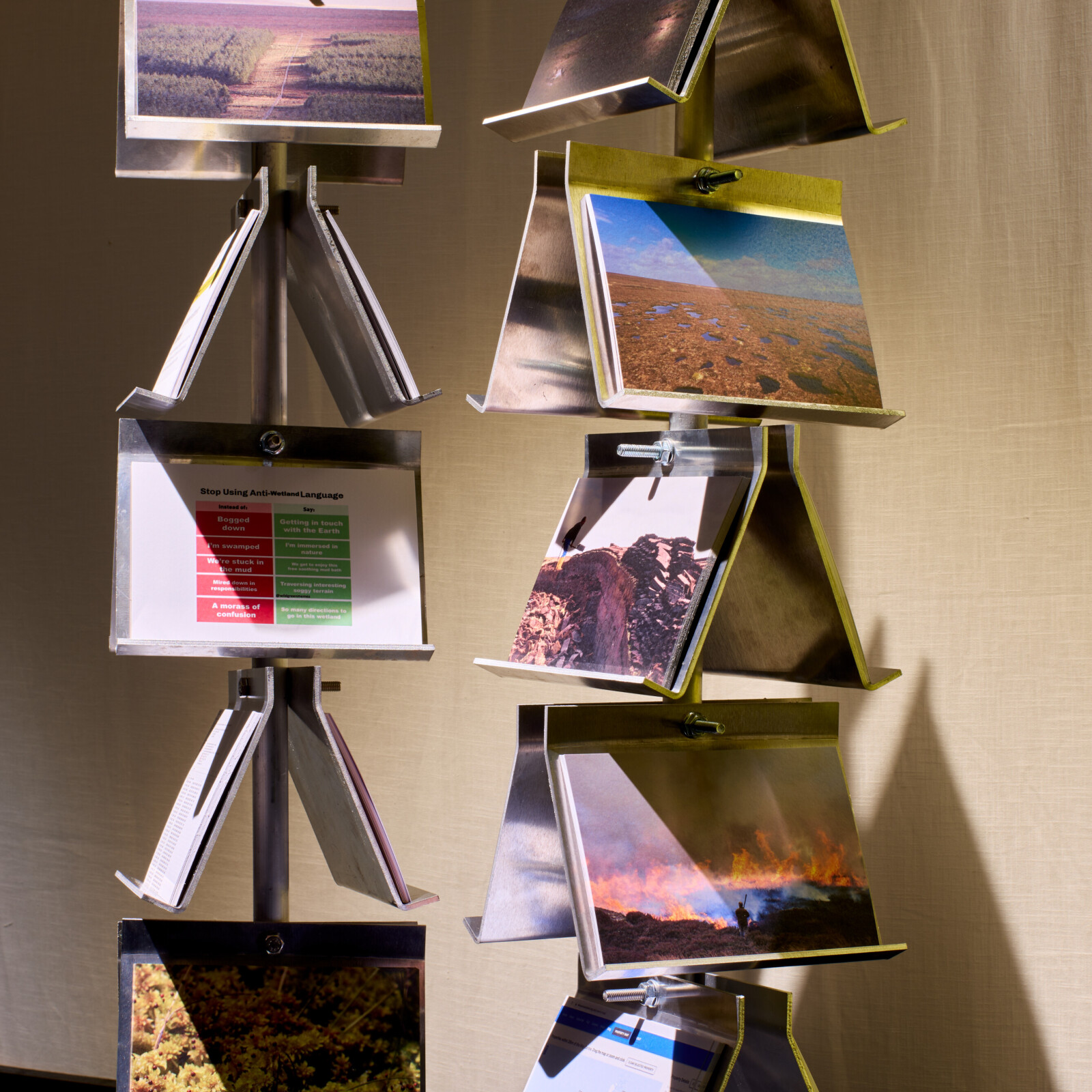In his prescient book The Natural Contract, Michel Serres conjures an image that neatly skewers so many ‘net zero’ policies and ‘sustainable design’ initiatives. ‘Together,’ he writes, ‘they amount to the image of a ship sailing at twenty-five knots toward a rocky bar on which it will inevitably be smashed to pieces, and on whose bridge the officer of the watch advises the engine room to reduce speed by a tenth without changing direction.’[1] The officers of the good ship Sustainable Design find themselves in a similar situation: trapped in a system that can countenance slowing down the boat, but not changing direction, anticipating no other future than a slow-motion crash.
“Design, once perceived as an engine, is now more of a break pad.”
Design, once perceived as an engine, is now more of a break pad. It is a means of slowing down the accumulation of carbon, plastic and waste. While that is crucial, technocratic concepts such as ‘net zero’ imagine that there is a future in counting and offsetting carbon. That is accountancy, not a compelling vision of tomorrow. Where, one asks, is the will to imagine changing course? It can sometimes feel as though we have given up on any bold ideas about how we might want to live in the future. All we hear is ‘AI’. Surely, design has a crucial role to play in stimulating that imagination, in conjuring alternative stories and driving a new grand narrative (‘Did he just say “grand narrative”? What does he think this is, the twentieth century?’) fit for the twenty-first, and hopefully the twenty-second, century.
Having said that, a small caveat. One needs to be a little careful in decrying an incremental approach to climate policy, which is all too easy to do from a theoretical position. As Timothy Morton has pointed out, environmental purists mocking the Prius drivers for believing that they are making a difference maps all too neatly onto Republican do-nothingism. Incremental change – slowing down the boat – is nothing if not urgent. And designers are deeply preoccupied with how to decarbonise and depollute our everyday lives. But if we understand those issues as merely symptoms of more structural problems to do with convenience culture, consumerism and other economic modes, then we might ask ourselves where the greatest impact lies: in making those behaviours slightly less polluting, or in shifting society away from them altogether?
At Future Observatory, the national design research programme for the green transition, we increasingly think about impact in terms of three different levels: symptoms, systems and stories. In essence, the innovation required to cut carbon at the symptoms level must happen alongside a more systemic rethinking of business-as-usual models towards other frameworks that encourage a more balanced co-existence with the ecosystems upon which we depend.
Future Observatory is investing millions of pounds into design research that can help cut carbon emissions, reduce waste and regenerate landscapes. In its current funding period it will fund more than 100 projects, ranging from reducing single-use plastics in the NHS, to retrofitting housing and turning agricultural waste into new materials. They may be addressing ‘symptoms’ but always with a perspective on the underlying systems that generate those symptoms.
In their bid to decarbonise everything, designers will offer up greener products and materials but one cannot expect the markets for those things to be automatically receptive. Which is why the next level of impact has to be systemic change. And to that end, Future Observatory produces policy reports on a range of issues, from low-carbon housing construction to the retrofitting of cultural buildings. And, perhaps more importantly than yet more reports, it seeks to fund system demonstrators. These are the built artefacts that test alternative systems and convince, for example, housebuilders that greener buildings are possible, and potentially at no or only marginal extra cost.
But, if we return to the challenge Michel Serres sets us, how do we change course? This brings us to the final and most elusive level of impact: stories.
We launched Future Observatory Journal out of an urge to explore alternative narratives. It was a way not just to publish new design research but to push at the edges of design discourse, and to create space for new frameworks and different overarching stories. The first issue is dedicated to bioregioning, which redraws the boundaries of climate action by focusing on the needs and potentials of local landscapes and local knowledge. The revival of bioregioning as an idea, or as an alternative narrative, is born of a sense that as communities we cannot save the world, we can only save places – or, rather, we can only save the world by saving places.
Though structurally radical, bioregioning is only a subplot in a grander narrative. Design in the 21st century will have to shift from being a human-centric discipline to one that works with and for landscapes, ecosystems and other species. That shift requires us to reconceive of humanity not as separate from nature but entangled with it. As the design theorist Arturo Escobar writes in the first issue of the journal, the climate crisis is not just a carbon crisis but a crisis of storytelling, and we need to transition from one story of the world to another.

In design terms, transitioning between stories may demand a fundamental shift in perspective. As storytellers – homo narrans – we narrate the world from our own viewpoint, just as we design in a human-centric way. Indeed, until recently, ‘human-centred design’ was a term of approval: this object or ‘user experience’ fulfilled a human’s needs or desires, regardless of what effects it may have had on natural systems. File those effects under ‘externalities’. A shift to more-than-human design – to a form of design that puts the benefit of ecosystems and other species alongside our own – is so cognitively disruptive for humans that it challenges the very meaning of ‘design’ as we have understood it for the last two hundred years.
“We can use alternative narratives to challenge dominant perceptions and power structures”
The contradiction inherent in Future Observatory’s name is that you cannot observe the future, except in some nascent, speculative form: by manifesting it in prototypes, by narrating it as stories. Escobar argues that narratives are a ‘designing force’. In other words, we can use alternative narratives to challenge dominant perceptions and power structures. Adopting a more-than-human worldview would generate serious friction against the prevailing narrative that humans are separate from nature and that natural resources are simply there for the taking. This alternative narrative – of unity with nature, of nonhuman species constituting a society, a public – may seem counter-intuitive but is surely also an atavistic behaviour that is innate in some ancient piece of our brains. There are countless ways of enacting this story. It might be through giving natural bodies legal rights or through sensitive acts of design that privilege natural life. Only the proliferation of these acts can make the story come true.
This piece was originally written for the publication attached to the Making Possible symposium held at University of Greenwich and organised by Professor Ed Wall.
[1] Michel Serres, The Natural Contract (Michigan: 1995), p.30




